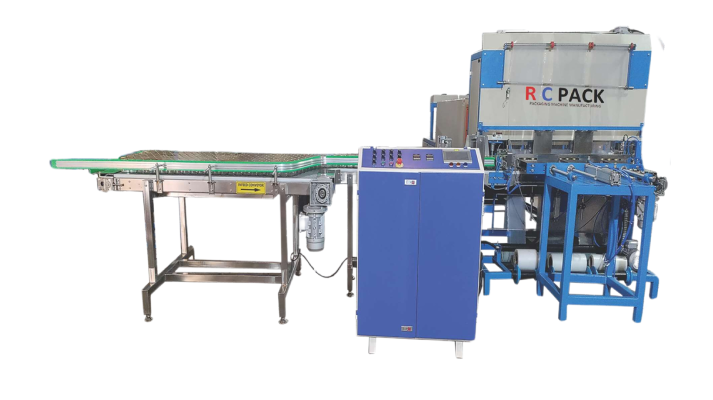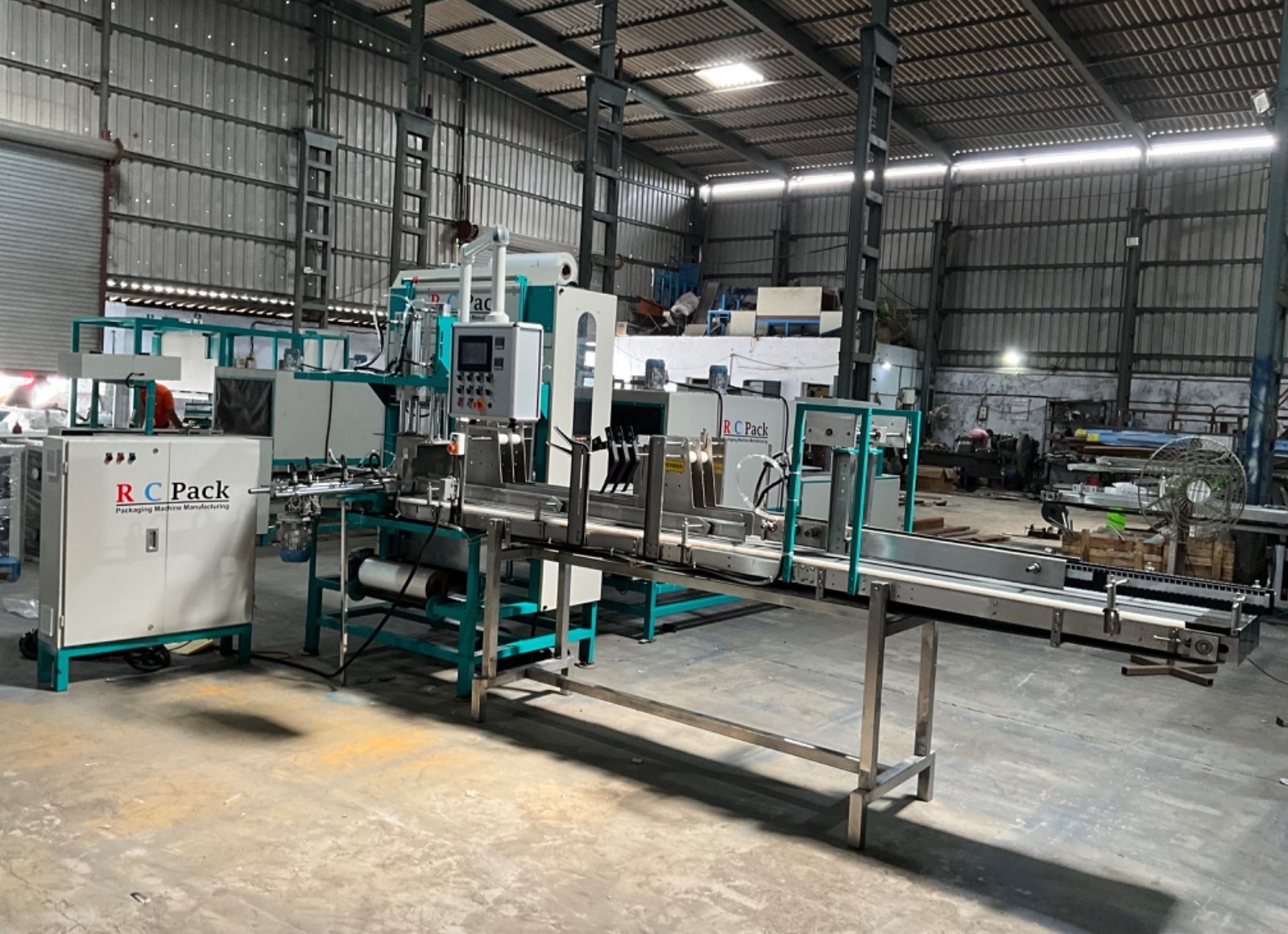Selecting the right packaging machine is a pivotal decision that can significantly impact your production efficiency, product quality, and overall business success. Here are essential tips to guide you in making the best choice for your packaging needs.

Some Points for Choosing Perfect Packaging Machine
1. Understand Your Packaging Requirements
Begin by clearly defining your packaging needs, including product type, dimensions, production volume, packaging material, and specific industry standards or regulations.
2. Assess Your Production Environment
Evaluate your production environment, available space, power supply, infrastructure compatibility, and any special requirements for installation or integration with existing equipment.
3. Define Your Budget and ROI Expectations
Set a realistic budget for acquiring a packaging machine and consider the long-term return on investment (ROI) based on factors such as labor savings, production output, and operational efficiency improvements.
4. Research Available Packaging Machine Types
Explore different types of packaging machines such as form-fill-seal (FFS), shrink wrappers, blister packaging machines, cartoners, labeling machines, and consider their capabilities, speed, versatility, and suitability for your packaging needs.
5. Consider Automation and Customization Options
Evaluate automation levels, customization features, and scalability options offered by packaging machines to align with your production requirements, future growth plans, and flexibility needs.
6. Review Technical Specifications and Performance Metrics
Analyze technical specifications including speed, accuracy, output capacity, changeover times, maintenance requirements, and reliability metrics to ensure the selected machine meets your performance expectations.
7. Assess Quality, Durability, and Maintenance
Prioritize quality and durability by choosing reputable manufacturers, assessing build materials, inspecting machine components, and considering maintenance requirements, spare parts availability, and technical support.
8. Evaluate Safety Features and Compliance
Ensure the packaging machine complies with safety standards, regulatory requirements, and industry certifications. Assess safety features such as guarding, emergency stops, fault detection systems, and operator training requirements.
9. Seek Recommendations and Customer Feedback
Gather insights from industry peers, consult packaging experts, attend trade shows, and seek customer feedback or testimonials to gain valuable perspectives and recommendations before making a final decision.
10. Request Demos and Test Runs
Arrange demonstrations, test runs, or trials with potential packaging machine suppliers to evaluate performance, functionality, ease of use, and compatibility with your products and packaging materials.






Comments are closed